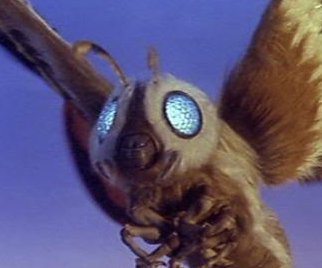For example, buildings and houses more than a hundred years old keep getting more and more rare, and often have an aesthetic that stands out, more ornate or with a particular style that most people can't afford today or that is not financially convenient etc. But back in the day, that's how things were built and most people didn't put much thought into it.
Another example, illustrations for advertisements ( either billboards or magazines). Up until the 60s (declining from the 70s onwards) a lot of ads had hand drawn illustrations, which required a lot of skill and talent to make. Yet people took them for granted, it was the standard quality of illustration for ads.
So the question is, are we currently mass producing something that will be seen in a similar light in a couple of generations? Thoughts?


This is so hard to answer because so many of these things you don't miss it until it's gone. I'm going to say physical keyboards. Like, not that physical keyboards will disappear entirely, but I think they will continue to get much, much less common. I think a lot of people will miss the tactile advantage of a good keyboard, though.
One thing I think we're in for a rebound on is how we deal with batteries. Currently, the paradigm for many devices is that manufacturers put a rechargeable battery in and that's it. When the battery wears down or breaks, the device is done too. This can't go on forever. It's creating too much e-waste, expense, and pollution.
I think the deal that customers are getting from streaming services is probably too good to last, in general. It's already starting to degrade, with companies all going to start their own streaming platforms with smaller and smaller catalogs. You have to really plan for what you want to see. The rise of exclusive shows really damaged things. Vertical integration like that hurts competition.